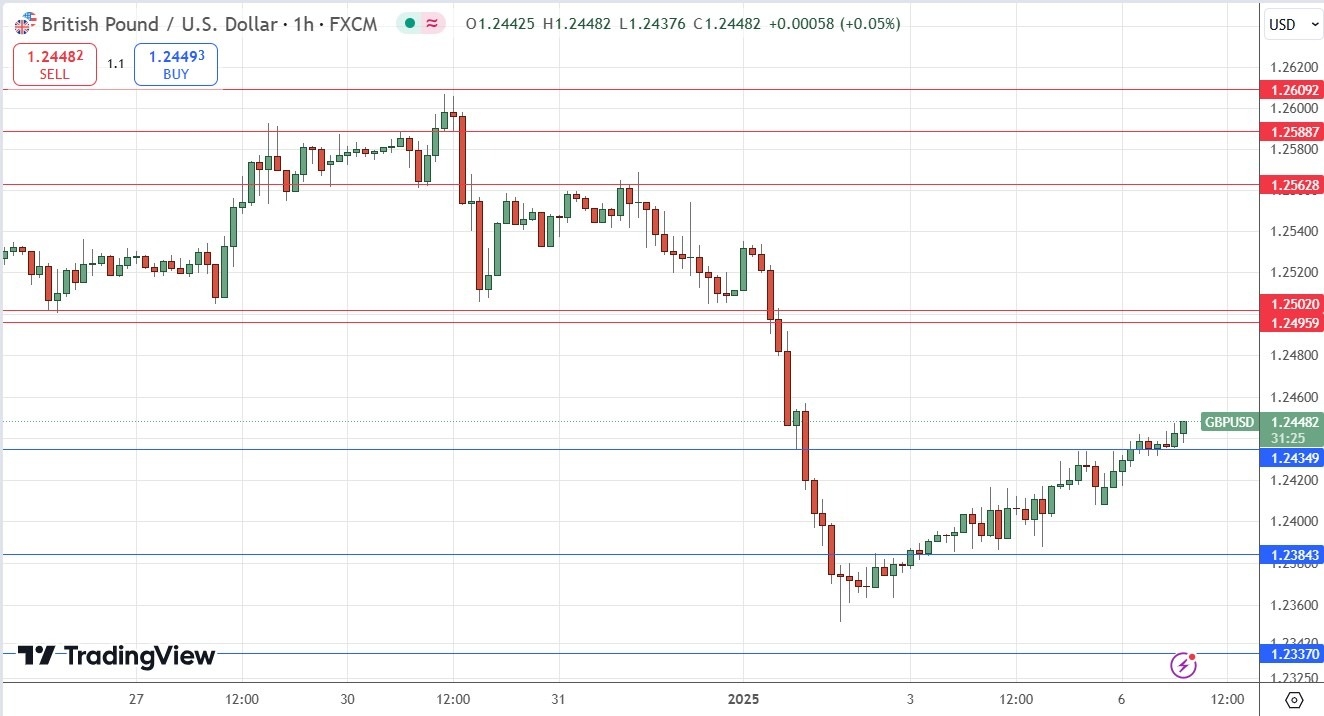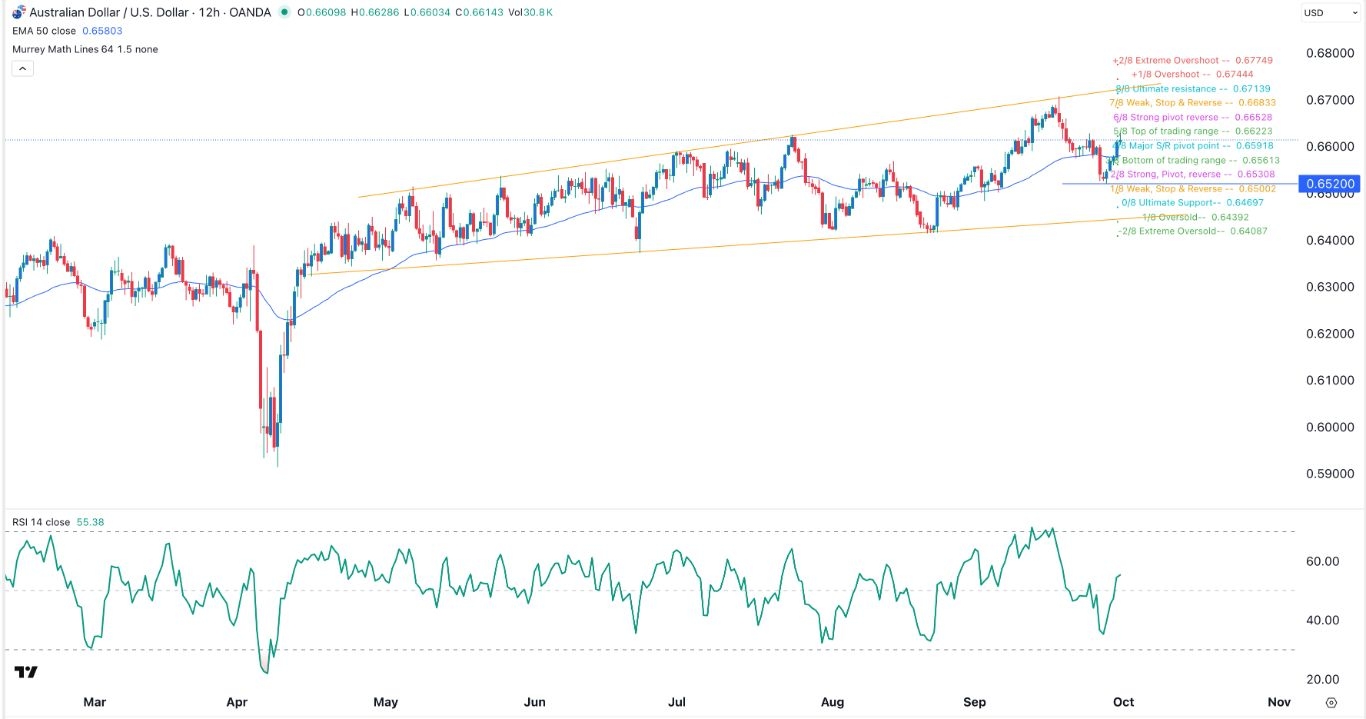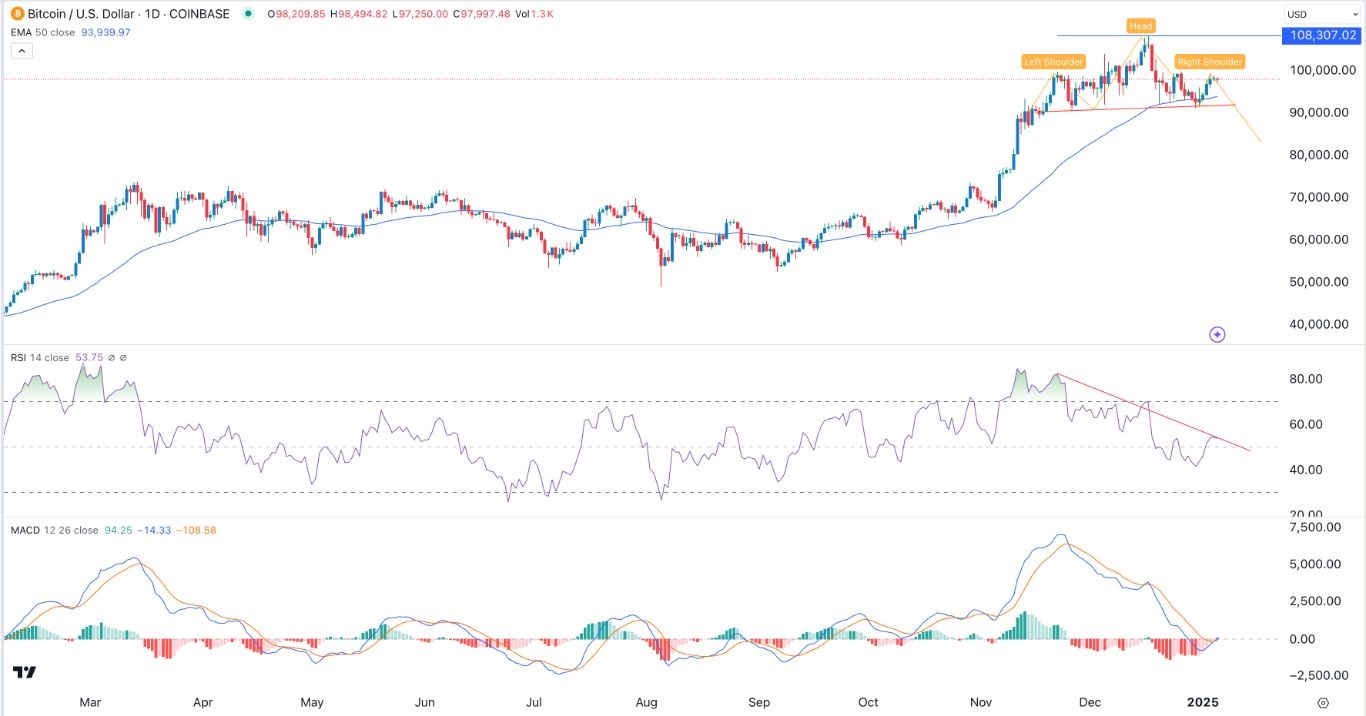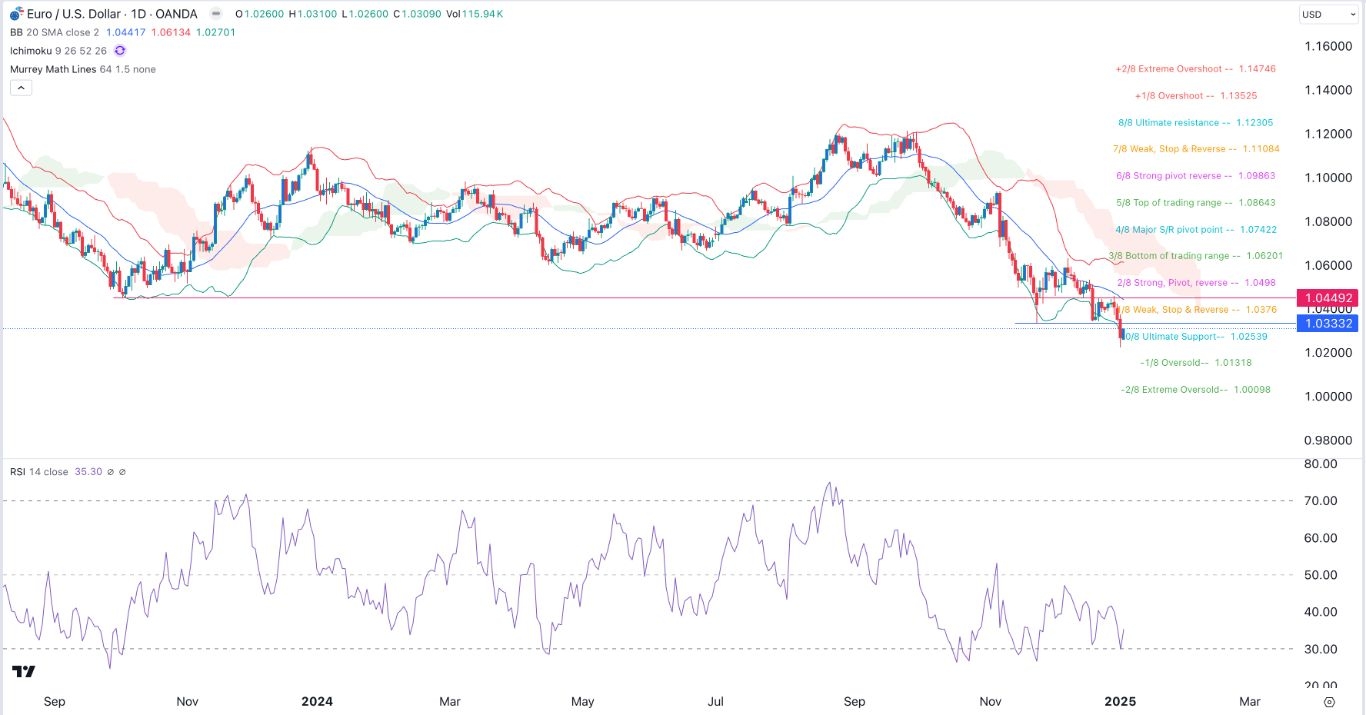My previous GBP/USD signal last Tuesday was not triggered as there was no bullish price action when my support level at $1.2500 was first reached that day.

Today’s GBP/USD signals
Risk 0.75%.
Trades must be submitted before 5pm in London today.
Long trade ideas
- Long entry after a bullish reversal of action on the H1 time frame immediately after the next touch of $1.2435 or $1.2384.
- Place a stop loss 1 pip below the local swing low.
- Move the stop loss to even when the trade is 25 pips in profit.
- Remove 50% of the position as profit when the price reaches 25 pips in profit and leave the rest of the position to be used.
Short Trade Ideas
- Short entry after reversal of bearish price action on H1 time frame immediately after next touch of $1.2496 or $1.2502 or $1.2563.
- Place the stop loss 1 pip above the local high.
- Move the stop loss to even when the trade is 25 pips in profit.
- Remove 50% of the position as profit when the price reaches 25 pips in profit and leave the rest of the position to be used.
The best method to identify a classic “price reversal” is the close of an hourly candle, such as a pin bar, doji, outside, or even just a engulfing candle with a higher close. You can take advantage of these levels or zones by watching the price action that occurs at the given levels.
GBP/USD analysis
I wrote in my previous GBP/USD forecast last week that the price is likely to remain between $1.2609 and $1.2500. This was not a good call, as the price fell.
The price then fell further, because Great Britain may be starting to fall into recession, and the Bank of England really needs to cut rates, but it will be difficult to do so. The US dollar also remains very strong.
However, the last few days have seen quite a strong price rally from the recent multi-month low, as the pound bids again while the dollar trades mostly sideways.
It’s hard to say how far this price increase will go – it’s certainly a counter-trend, so it’s doubtful.
If I have to make a prediction for today, it looks like the price will rise as long as it stays above the new support level at $1.2435, which is likely to be today’s key point.
The target for the bulls will logically be the big round number and confluent resistance at $1.2500, but as today is Monday, it could be a very quiet day in the market with very little volatility, so it will not be surprising if this level is not reached.
There is nothing of great importance today about either GBP or USD.
Ready to trade our free Forex signals? Here is our list of Forex brokers worth checking out.












